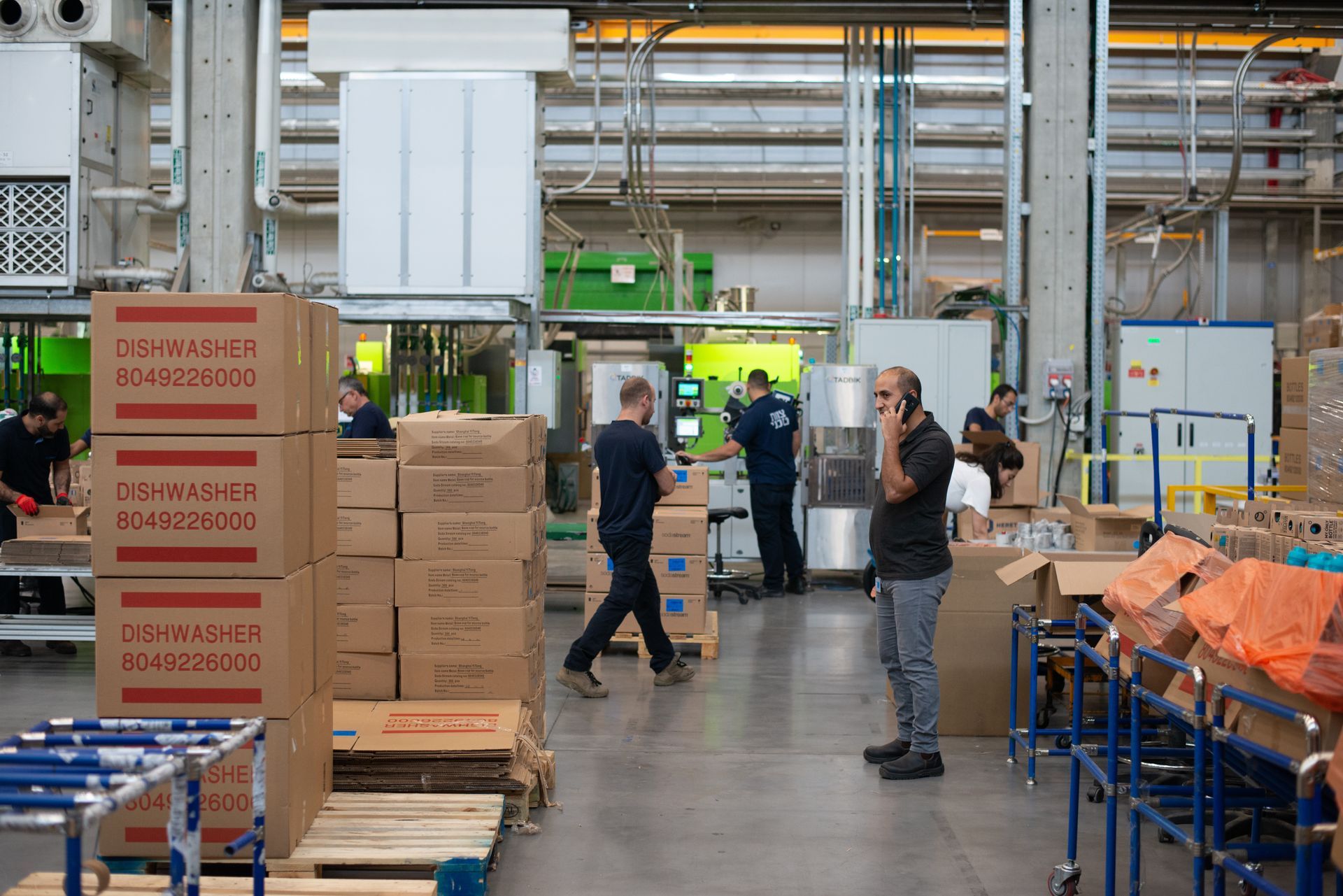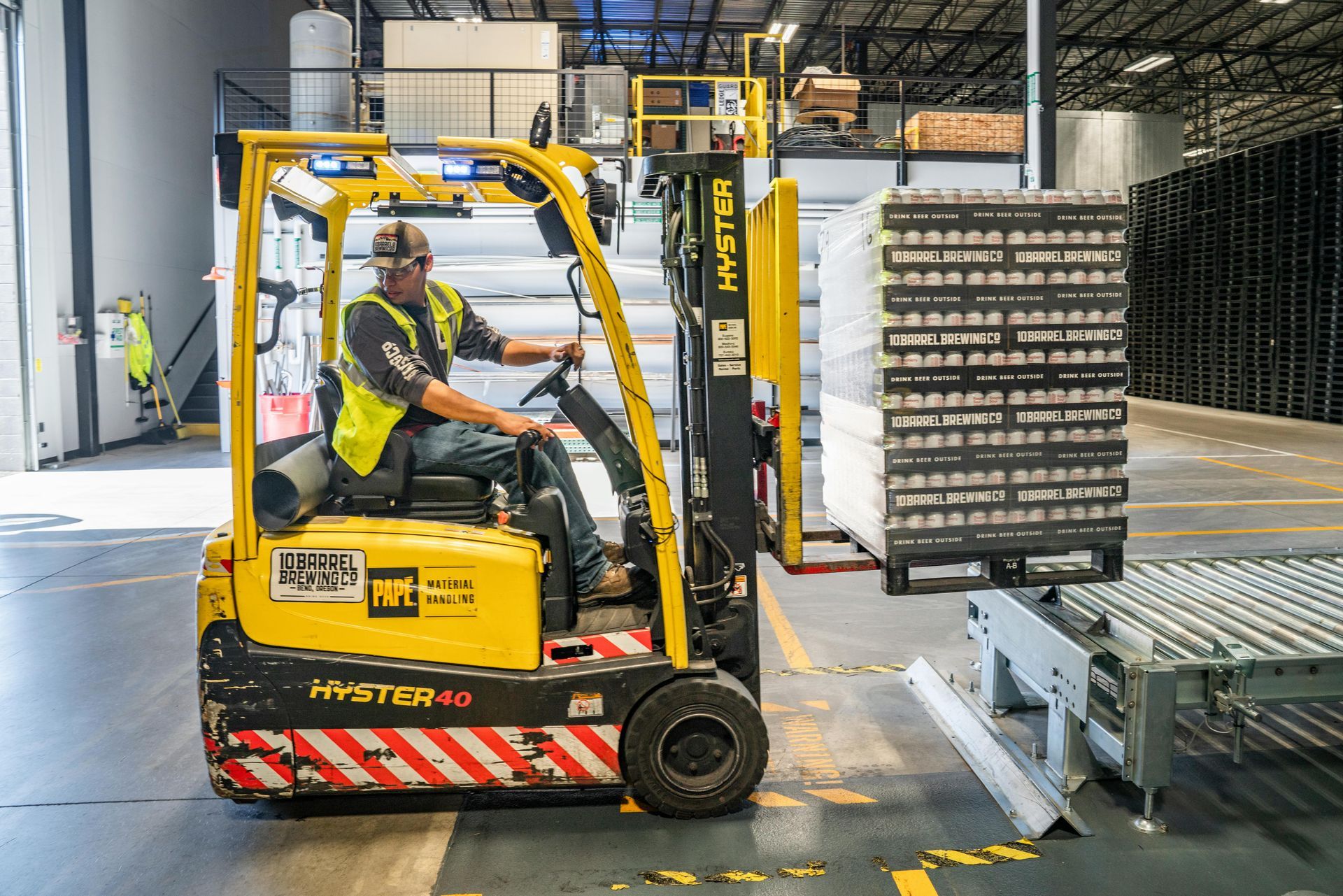Gig Economy for Flexibility and Growth in the Warehouse Sector
In today's fast-paced and constantly evolving warehouse sector, organizations must adapt to changing workforce demands, unexpected fluctuations, and increased competition. One effective approach to addressing these challenges is leveraging the expanding gig economy and utilizing on-demand labor to heighten flexibility, resilience, and innovation in your warehouse operations. By tapping into the gig economy, warehouse operators can access a vast pool of skilled, temporary workers capable of meeting unique labor requirements – allowing for greater workforce adaptability and overall operational growth.
In this article, we will explore the benefits of embracing the gig economy and on-demand labor in the warehouse sector, providing valuable insights on how to integrate gig workers into your organization's staffing model strategically. Our aim is to equip warehouse managers, HR professionals, and decision-makers with the knowledge needed to harness the potential of the gig economy and create a flexible, high-performing workforce that fuels innovation, growth, and long-term success.
As the industry landscape continues to shift and evolve, incorporating the gig economy and on-demand labor into your organization's staffing strategy can lead to increased flexibility, reduced operational costs, and access to a diverse skillset. By proactively identifying opportunities to integrate on-demand labor and embracing the gig economy, warehouse operators can navigate industry challenges more effectively, stay ahead of the competition, and fuel sustainable growth in an increasingly competitive market.
The Advantages of On-Demand Labor in the Warehouse Sector
To better understand the potential of the gig economy in the warehouse sector, consider the following advantages of incorporating on-demand labor into your organization's staffing strategy:
1. Scalability and Flexibility: Access to on-demand labor allows warehouse operators to scale their workforce in response to fluctuations in demand rapidly, mitigating the risk of labor shortages or excess workforce during periods of fluctuating activity.
2. Cost Savings: Utilizing gig workers allows organizations to manage labor costs better, as you only pay for the labor you need when you need it, reducing expenses associated with full-time, permanent employees.
3. Access to a Diverse Range of Skills: On-demand labor enables warehouse operators to source workers with a variety of specialized skills and experience, addressing specific operational needs and supporting innovation in warehouse processes.
Integrating On-Demand Labor into Your Warehouse Staffing Strategy
Successfully incorporating gig workers into your organization's staffing model requires careful planning and execution. Consider these strategies for effective integration:
1. Partner with Reputable Staffing Agencies: Forge strong relationships with specialized staffing agencies that provide access to a diverse pool of skilled, on-demand workers, ensuring your organization can source and retain high-quality gig employees as needed.
2. Develop a Clear Workflow: Create detailed workflows and processes that outline the requirements of each gig worker's role, helping to streamline the integration process and ensuring seamless collaboration with existing full-time employees.
3. Prioritize Effective Communication: Establish clear lines of communication between gig workers, permanent employees, and management, fostering a transparent and inclusive work environment that promotes synergy and collaboration.
4. Implement Efficient Onboarding and Training: Design and execute tailored onboarding and training initiatives that address the unique needs of on-demand labor, facilitating rapid acclimation to your organization's processes, policies, and culture.
Fostering a Supportive and Inclusive Work Environment for Gig Workers
Creating a culture that supports and engages gig workers is crucial for maintaining satisfaction, motivation, and overall positive performance:
1. Promote a Sense of Belonging: Ensure gig workers are treated as integral members of your organization, fostering a sense of inclusion and creating an environment that values their unique skills and knowledge.
2. Recognize and Reward Performance: Acknowledge and reward the contributions and accomplishments of gig workers, boosting morale and motivation while demonstrating the importance of their role within the organization.
3. Offer Opportunities for Skill Development: Provide gig workers with opportunities to expand their skills through training programs and professional development initiatives, enhancing their value and promoting long-term engagement.
Staying Ahead in the Warehouse Sector: Leveraging the Gig Economy for Continued Growth
As the warehouse industry evolves, so too must your organization's workforce strategy. By strategically embracing the gig economy and integrating on-demand labor, warehouse operators can effectively address current and future challenges:
1. Keep Pace with Industry Trends: Continuously monitor industry trends and advancements, adapting your workforce strategy to leverage the growing gig economy effectively.
2. Maintain a Competitive Edge: Utilizing gig workers to increase workforce flexibility and access specialized skills can provide a critical advantage in a highly competitive market, positioning your organization for long-term success.
3. Monitor and Evaluate Performance: Regularly assess the performance of both gig and full-time employees, adjusting your staffing strategy as needed to optimize productivity, efficiency, and overall operational success.
Conclusion
In an ever-changing warehouse sector, embracing the gig economy and on-demand labor can be an invaluable tool for increasing flexibility, innovation, and growth. Organizations that invest in the strategic integration of gig workers can tap into the vast potential of the gig economy, positioning themselves at the forefront of an increasingly competitive industry landscape.
By incorporating on-demand labor into your warehouse staffing strategy, fostering a supportive and inclusive work environment, and continuously monitoring and adapting your approach to meet the needs of your organization, you can achieve a high-performing workforce that propels your business forward and fuels long-term operational success.
Front Line All Temps is a
warehouse staffing agency that specializes in providing staffing solutions for the auto industry and warehouse sector. Our team has the expertise to understand unique staffing needs and connect employers with the best-fit candidates. Partner with Front Line All Temps and experience the benefits of working with a specialized agency!










